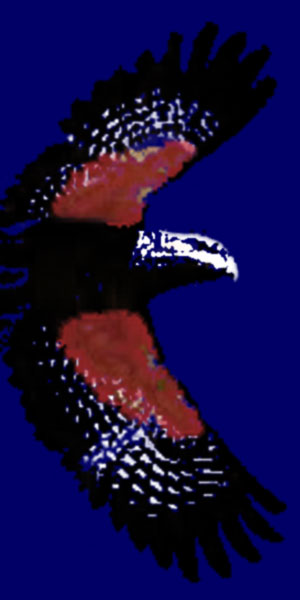

|
Valencia as a city has a lot of faces, there is the
center of town, old buildings, not as ornate as some in Europe, but
with a very proud feel to them. The train station is very conveniently
two minutes walk from the main square, and right next to a large round
building several stories high that I thought might be a soccer stadium,
as there is no other sport talked about or shown more on TV in Spain
than soccer. The other faces of Valencia include a old poor part of town where you tend to get a little nervous at night, the new modern city expression through funky architecture that almost has roots in the Sydney Opera House, a dry river bed that has been turned into a dusty soccer field in the old neibourhood, and further downstream in the business district where money flows freer, the irrigated, manicured green space, with great looking gardens and lawns, runs in a contiguous stretch under the bridges of the busy streets down to the beach front near the rough and ready port. The port is a mix of old buildings, modern looks of the inner harbor with a fancy new draw bridge lit up by neon lights when the sun sets, and a skyline of container cranes and assorted smoke stacks. The Americas cup village is still a collection of temporary buildings and tents, an old port warehouse holding the stage, static displays including the Americas cup itself, and of course the merchandise stores for the hungry public.
The eight syndicates have a large new concrete space with a couple of travel lifts, and a large collection of support boats, while on the opposite side of the water next to the media center is a stellar collection of floating money, VIP and media boats, from a swan 100+ foot yacht for team New Zealand, to the 200+ foot Christina "O" ship for BMW racing, and about 50 protector inflatable boats for umpires, officials and photographers and the like. Add in a couple of helicopters and this is turning into a complex performance.
Thanks to Dawn Riley, I had a K-Challenge syndicate
pass for the base compound and could wander around as the hectic process
of transfering 25 ton racing machines to and from the water and made
race ready for the day. The beach in Valencia is a large expanse of golden sand in front of a complete row of hotels with restaurants on the ground floor that spill out onto the seaside walkway. While the beach itself is not that great, it does have a great advantage, you can see Americas cup racing with your naked eye. Its still a little far away to figure out what is going on, but a nice pair of binoculars seems to fix that. Act II of the Louis Vitton was match racing in similar format to the real Americas Cup Racing, but the main event I had come to see was Act III, fleet racing. With eight entries it promised to be a great show. Thanks again to the K-Challenge I found myself on their VIP boat for the first day of racing, and how fun was that. Watching these big sails dragging a long thin hull round the race course, swapping tack and gybes with 7 others was quite something. I have only ever seen these machines racing from afar, or on TV, but up close and at speed is quite different.
After the start gun and all the boats crowded across the line, a procession of support boats and VIP expeditions proceeded up the course after them, to the top mark where spinnakers were hoisted and the water around the mark turned into a boiling cauldron of white water as the 80 ft yachts "tried" to turn their 80ft length on a dime and head downwind. Luckily for me the commentary on the race on the VHF radio was in english, and I could follow that racing very well even though it was at the other end of the course. We stayed at the top mark and between races enjoyed a fantastic lunch with the mandatory bottle of wine. Before long the racing was on again and so were we.
Valencia was chosen amid much speculation as the new Americas Cup venue due to its consistent wind, making it easier to set a TV schedule. Since I have been here there was a day of too much wind that cancelled racing, followed by a day of not enough to get the required three races in. This day on the water was no different, starting with 15kts in the morning from the west, with the boats having to drop spinnakers and tack upwind to the finish as the wind died and then lightly filled in from the east. Oh well maybe I have to remember that this is October, and most other places in Europe are getting ready for snow...I would be reminded of this in two days time when faced with an Atlantic storm in San Sebastian. |




